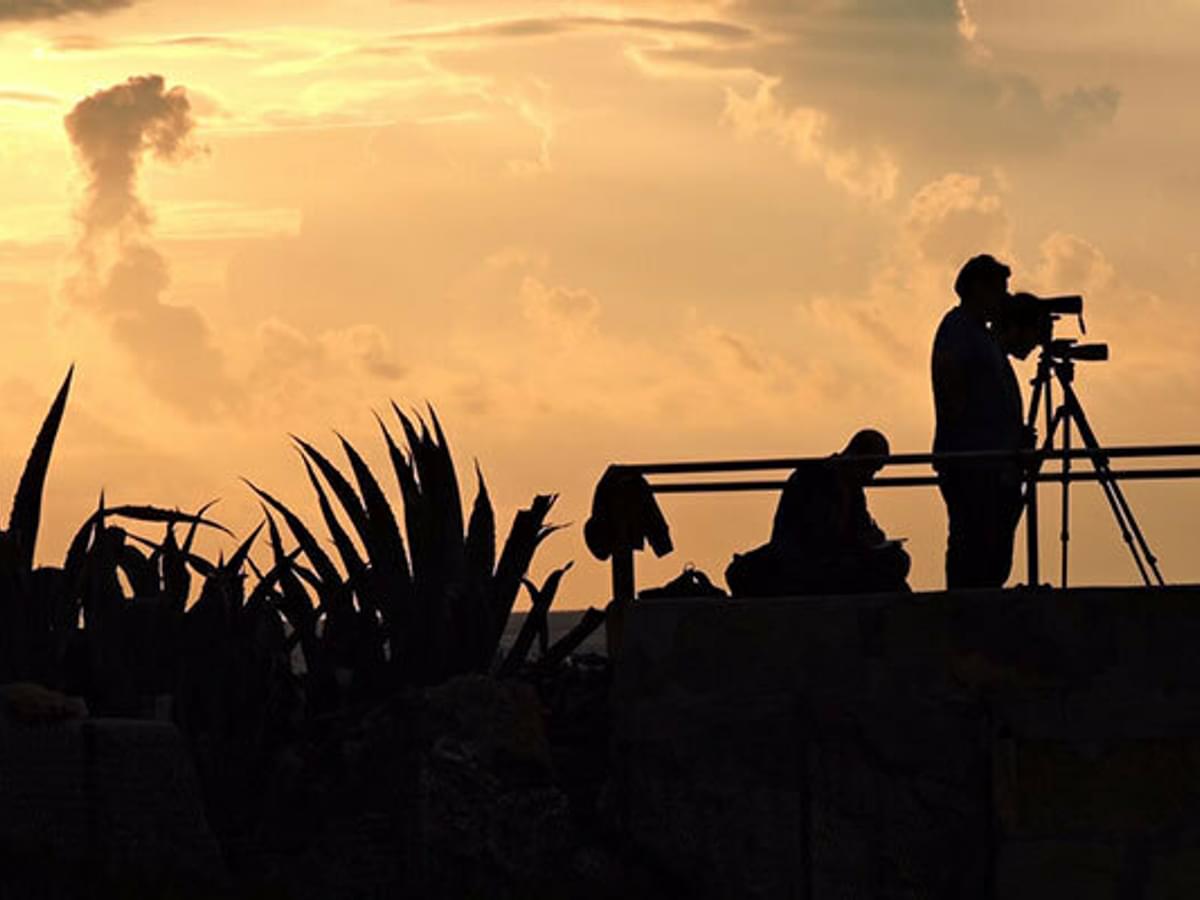Cap de Ses Salines & Coloni de Sant Jordi

These sites are in one of the most beautiful parts in the south of the island which has many varied landscapes from agricultural ones that haven’t changed for many years, beaches, viewpoints along the coast and the beautiful tourist town of Colonia de Sant Jordi. The habitat could not be more different than the mountainous regions in the north and this south Mallorcan region has a semi-arid Mediterranean climate and rainfall here is scarce and concentrated to the autumn months and some during the winter. This weather determines some of the landscape with large expanses of coastal scrub and pine with seasonal streams and salt pans.
There is a lot of agricultural farmland here which supports a large population of both Stone Curlews and Thekla Larks, Short Toed Larks as well as the abundant Hoopoe. In the Autumn the region is a haven for many migrants as they make their final stop before completing their journey to Africa to overwinter and in the Spring their first stop on the way to their European breeding grounds. Some of the regular migrants such as Redstart, Wheatear and Whinchat can be very abundant as can the large variety of leaf warblers but also each year the rare ones such as Roller, Golden Oriole and Red-Backed Shrike is still regular. In the scrub and woodland, there is the abundant Sardinian Warbler in addition to the Crossbills and Serins in the pine treetops. The area is a great place for raptors with the resident Booted Eagle making frequent appearances as well as the scarcer Red Kite. However, in the migration months it is very special with Honey Buzzards, Hobby’s, Marsh Harriers, as well as the scarcer Montagues Harrier, frequently being sighted.
Leaving the town of Santanyi you make your way to Cap de see Salines either by car, bicycle or on foot from Cala Llombards which is a 12.5 km walk. This a great way to enjoy the spectacular scenery and birds but you must take a hat and water.
To get to the lighthouse at Cap de see Salines you can also drive straight down using the Ma 6110 to the car park which most visitors use. A visit in the Spring as well as the many migrating passerines you have breeding species such as Nightingale, Turtle Dove, Wryneck, Sardinian Warbler, Balearic Warbler, Woodchat Shrike, Spotted Flycatcher, Stone Curlew and Firecrest as well as the Kentish Plovers nesting on the shore.
In the winter the woodlands are alive with overwintering species such as numerous Robins, Song and Mistle thrushes in addition to the resident species.